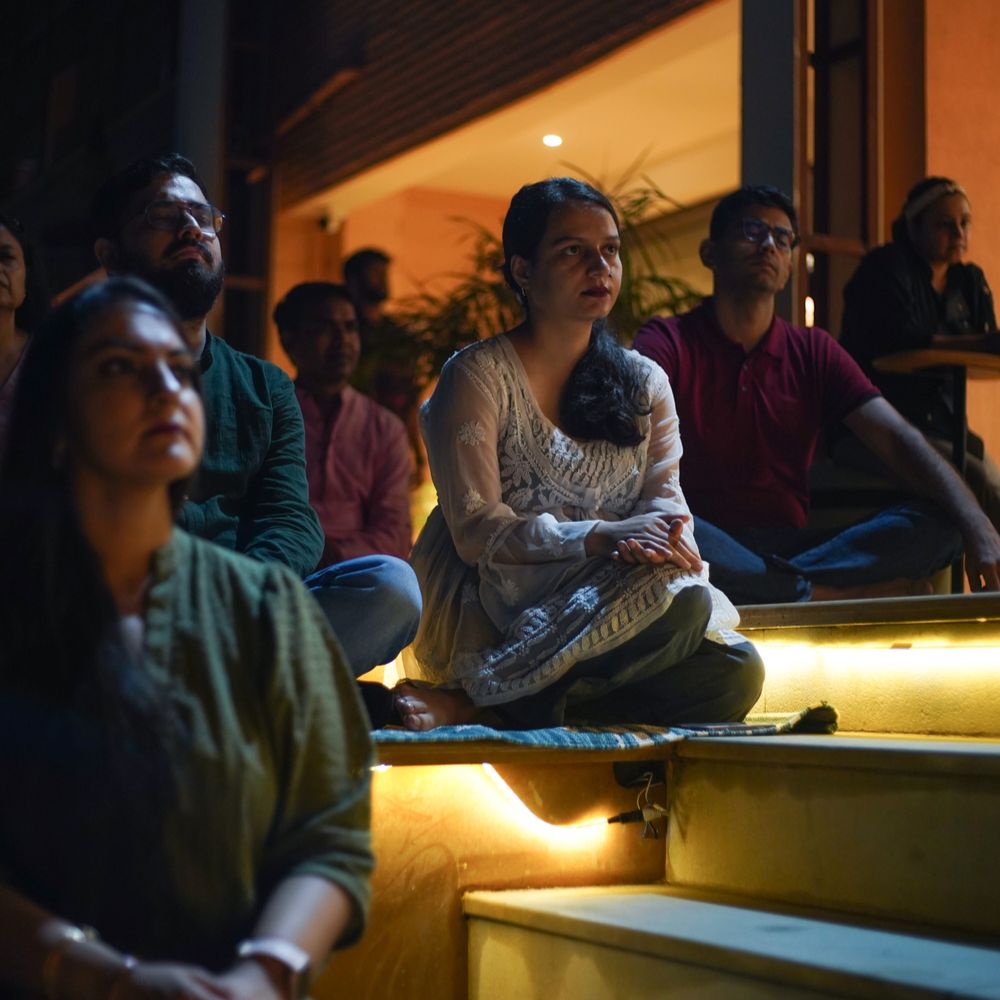When I was around fifteen years old, I attended a session on mindfulness by the spiritual leader, Nithya Shanti, held specifically for children. He spoke mainly about how our emotions and feelings manifest in our surroundings.
To illustrate this, he showed us two identical bowls of cooked rice, which he allowed to ferment over time. The only discernible difference between these two bowls was that one had the word ‘love’ written on it, and the other had the word ‘hate’ written on it. Much to the awe of a room full of skeptical teengers, we noticed that the first bowl of rice had acquired a beautiful saffron color, and gave off a sweet aroma. The second bowl, however, was a mucky green and stunk up the whole room.
The takeaway from this experiment was that when a bowl of rice was exposed to feelings of love and all the things that make one feel love, it blossomed. The other bowl with ‘hate’ inscribed on it invoked feelings of hate, and rotted away.
Children are much like these bowls of rice. The emotions we expose them to and invoke in them can have a lasting impact on how their mind develops; it can determine their perspectives, their thoughts, and even their approach to difficult situations.
We thought of putting together some creative ways through which you can introduce mindful habits to your children and help them become more aware of their thoughts and motivations. Here are some ways in which mindfulness can be introduced into the lives of children –
- For The Movers – Some kids just do not want to sit down in one place. You’ll see them running around with a devil may care attitude and a trail of tired parents. Introducing mindfulness to these kinds of rugrats can be tricky. A good exercise to do so is a ‘Senses Scavenger Hunt’. Preferably in an open area, ask them to point out one thing each that they can see, smell, hear, or touch. You can include snacks or props to make the hunt a little more exciting. Such an outdoor expedition can train young minds to observe their environment, and explore how it is making them feel.
- For The Shy Ones – Young minds are more absorbent of information as well as energies. This also makes them more vulnerable when negative forces are in play. They can get scared of things that they don’t fully understand, like nervousness, or not fitting in, or even not performing well in school. A fun and relaxing activity to introduce to such kids is blowing soap bubbles. Ask them to address something that is bothering them, and blow it away with the bubbles. Two things will transpire with this activity. Firstly, bubbles are fun and kids will love watching them pop. Secondly, and more importantly it enables kids to develop a mindset that allows them to address anything negative without fear, and also find it in themselves to let some of those worries leave their young minds.
- For Teenagers – Music is an excellent tool to introduce mindfulness, especially to the children who are dealing with the challenges of adolescence. At this age, these kids want to learn and expand their mind. They are curious, and inquisitive, and want to find their identity. It is the perfect age to equip kids with a simple activity which involves taking some time to yourself, a good song, and asking yourself some questions.
How did the song make me feel? Did my breathing change with the song? What sounds can I identify in the song? Three simple questions have a three fold effect on a young mind. One, they are sitting with themselves, focused on a singular stimulus – sound. Two, they are focusing on their body for the duration of the song – how it feels, and how it is reacting to the song. And three, it allows them to gauge the changes that their mind and body goes through with each different song. Music has the capacity to expose kids to an array of emotions, and being mindful of your emotions, especially at a young age, can be hugely beneficial to the evolving personalities of young minds.
While trying to navigate the world of mindfulness for children, always remember that moulding a young mind is not only easier, but can also be more impactful. Once young ones start to view mindfulness as a way of life rather than simply a technique to ground themself when they are adults, they will reap the most true and long-lasting benefits of mindfulness in their life.
(https://www.linkedin.com/in/nithyashanti/?originalSubdomain=in)


